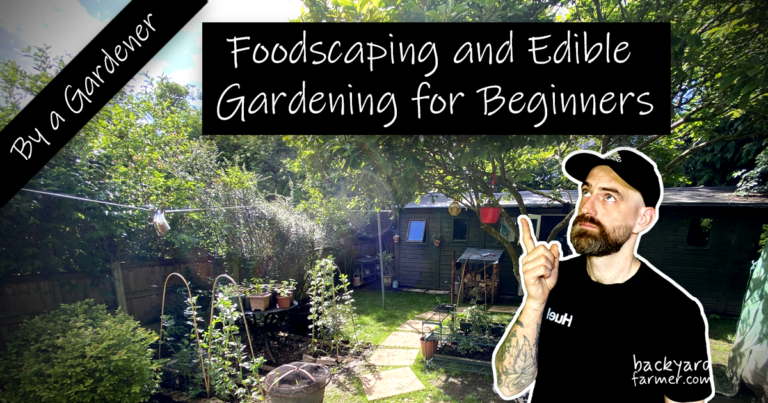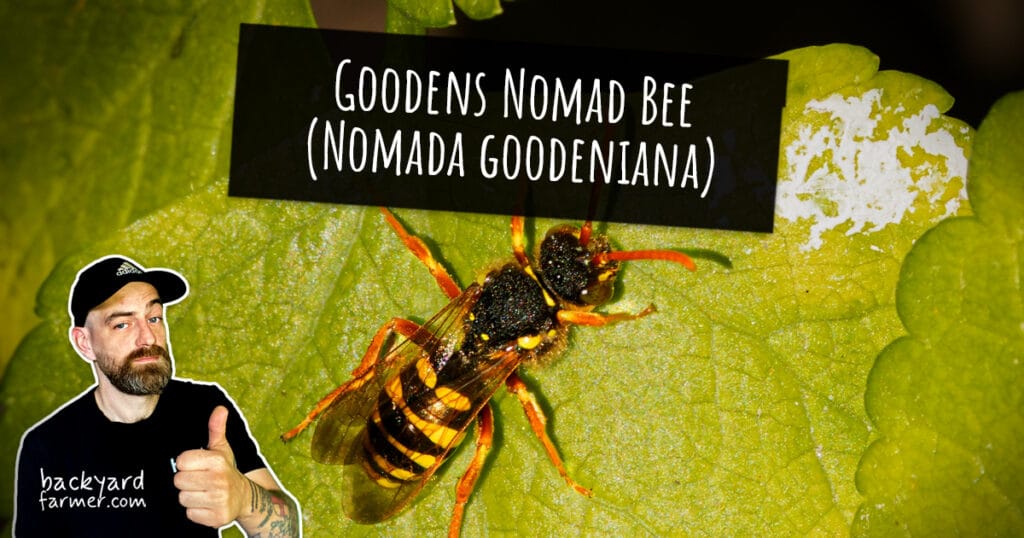Table of contents
Introduction to Foodscaping and Edible Gardening
Foodscaping and edible gardening are transforming traditional landscaping. Instead of using purely decorative plants, why not mix in fruits, vegetables, and herbs? This approach creates a landscape that’s both visually appealing and highly functional.
Why is Foodscaping Gaining Popularity?
- Self-sufficiency: Grow your own food and reduce reliance on grocery stores.
- Cost-saving: Save money by harvesting fresh, homegrown produce.
- Health benefits: Enjoy chemical-free, nutrient-dense food straight from your garden.
- Eco-friendly: Boost biodiversity and attract essential pollinators.
No Experience? No Problem!
The best part? You don’t need to be a gardening expert to start foodscaping. With a little planning and the right plant selection, you can cultivate a thriving edible garden that blends effortlessly into your existing landscape.
What’s Next?
In this guide, you’ll discover:
- How to select the best plants for your space.
- Tips for designing a garden that’s both functional and beautiful.
- Simple steps to launch your foodscaping journey today.
Get Ready to Transform Your Outdoor Space!
With the right approach, any space—big or small—can become a lush, edible paradise. Looking for creative ways to design your edible garden? Check out these foodscaping ideas for inspiration! Read more here.
What is Foodscaping?
Foodscaping blends edible plants seamlessly into traditional landscaping. Instead of relying solely on ornamental plants, why not incorporate fruits, vegetables, herbs, and edible flowers? This approach enhances both the beauty and functionality of your outdoor space. Plus, it’s a sustainable way to maximize your garden by producing fresh, homegrown food while maintaining an aesthetically pleasing landscape.
How is Foodscaping Different from Traditional Gardening?
Unlike conventional vegetable gardening, which usually keeps edible plants confined to designated garden beds, foodscaping integrates them naturally into your yard. This method:
- Enhances visual appeal by combining edible and decorative plants.
- Maximizes space by eliminating the need for large, dedicated garden plots.
- Attracts pollinators and beneficial insects, supporting biodiversity.
- Provides easy access to fresh, organic produce right outside your door.
Key Features of Foodscaping:
- Multi-Purpose Plants: Many edible plants, like kale and Swiss chard, also serve as ornamental foliage.
- Space Efficiency: Perfect for small yards, patios, and urban gardens.
- Low Maintenance: Incorporates perennials and self-sustaining plants for easy care.
- Eco-Friendly: Reduces your carbon footprint by promoting local food production.
Foodscaping is a creative, practical way to cultivate a self-sufficient and sustainable garden while keeping your outdoor space stylish. Whether you have a spacious backyard or a compact balcony, you can easily adapt this approach to fit your environment!
Benefits of Edible Gardening
Edible gardening offers more than just fresh food—it helps you save money, stay healthy, and live a more sustainable lifestyle. By growing your own fruits, vegetables, and herbs, you can transform your outdoor space into a productive, eco-friendly oasis.
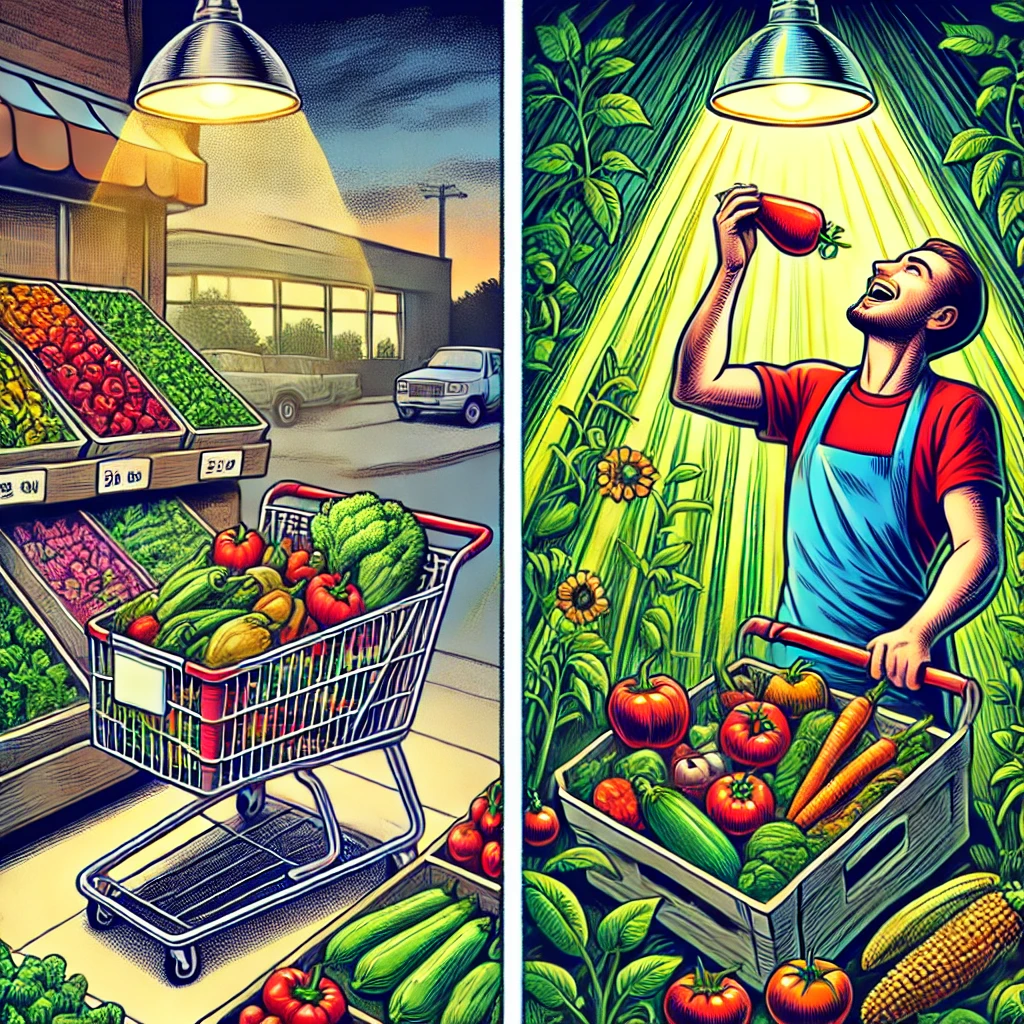
1. Increases Self-Sufficiency
- Reduces dependence on grocery stores for fresh produce.
- Encourages a sustainable lifestyle by letting you grow what you eat.
- Provides a sense of accomplishment and food security.
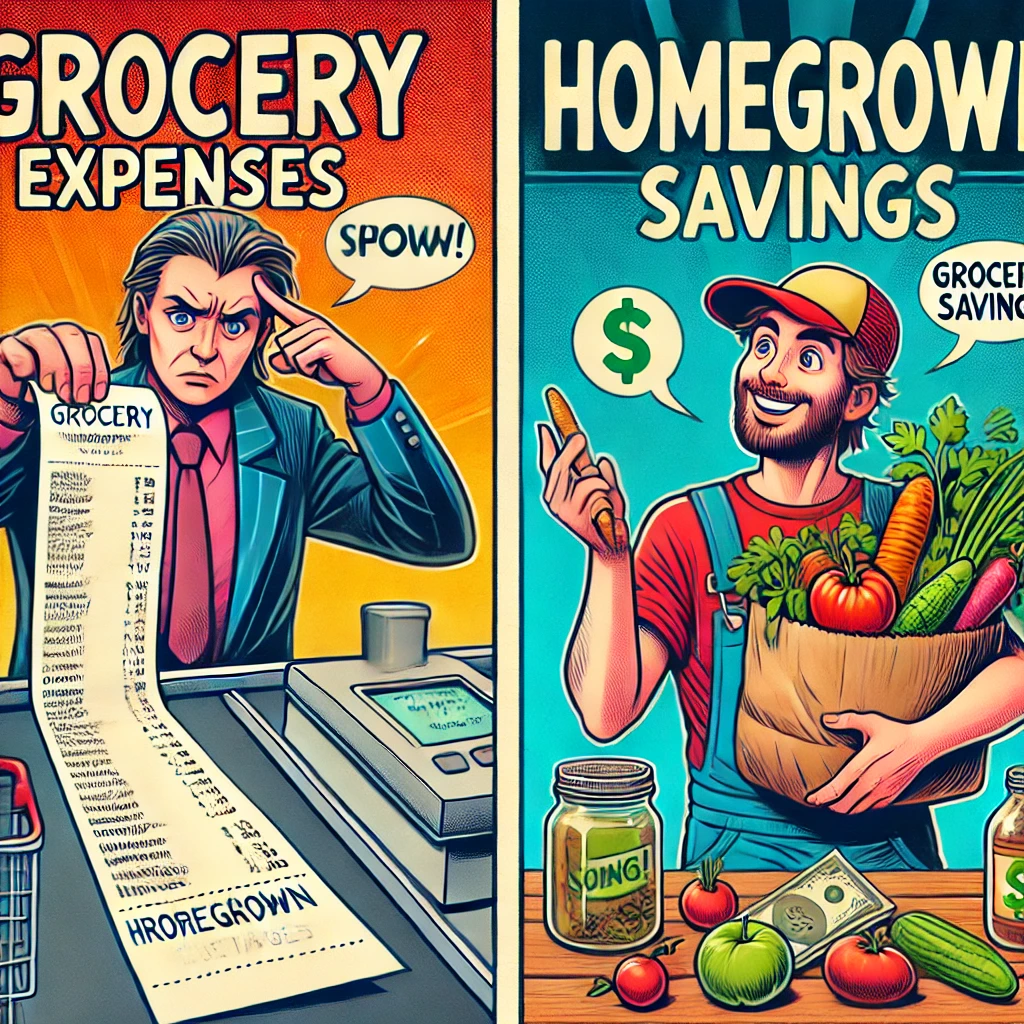
2. Saves Money
- Lowers grocery costs, especially for organic produce.
- Reduces food waste by harvesting only what you need.
- Cuts expenses tied to store-bought food, such as transportation and packaging.
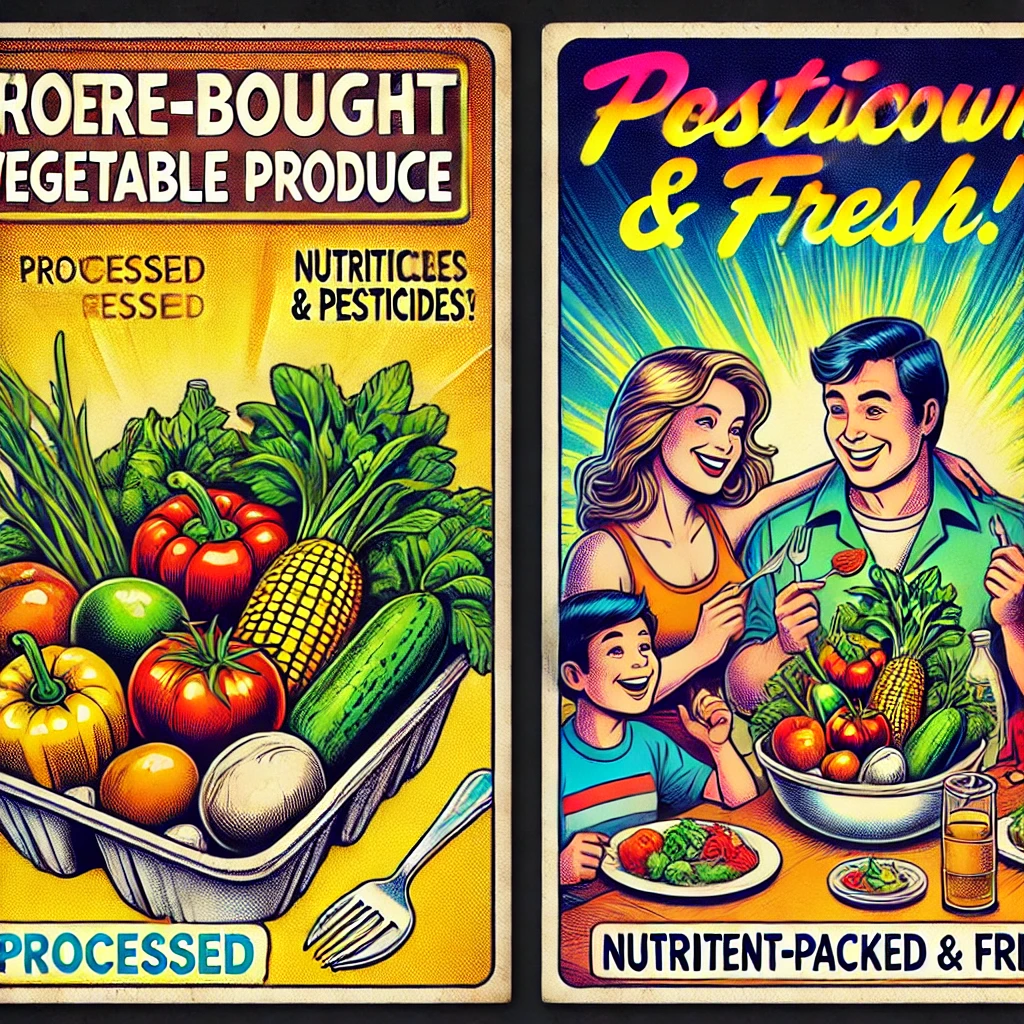
3. Promotes Healthy Eating
- Homegrown produce is fresher and packed with nutrients.
- Keeps harmful pesticides and additives out of your diet.
- Encourages a plant-rich diet full of vitamins and minerals.

4. Supports the Environment
- Lowers your carbon footprint by reducing reliance on mass-produced food.
- Attracts pollinators and increases biodiversity.
- Enhances soil health through composting and organic gardening methods.
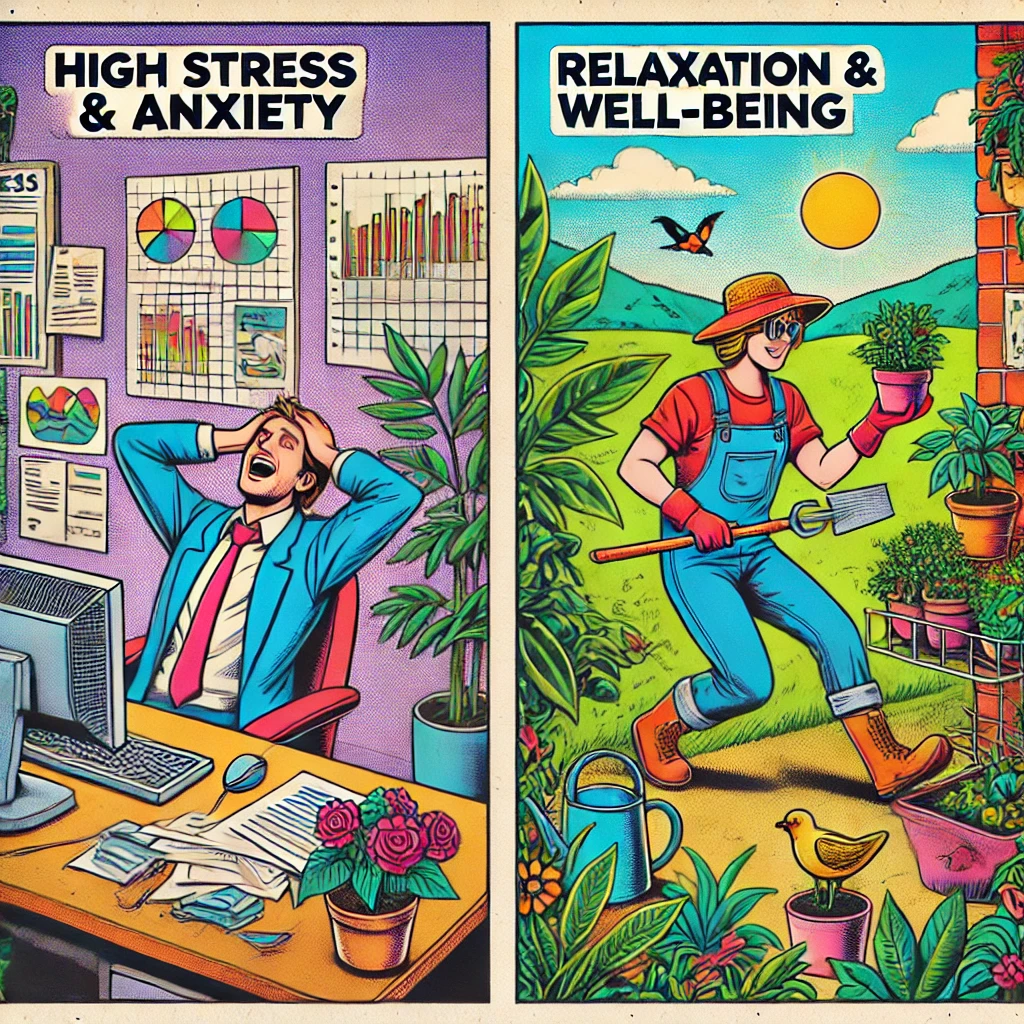
5. Boosts Mental and Physical Well-Being
- Gardening is a natural form of exercise and stress relief.
- Spending time outdoors improves mood and reduces anxiety.
- Encourages mindfulness and provides a rewarding sense of accomplishment.
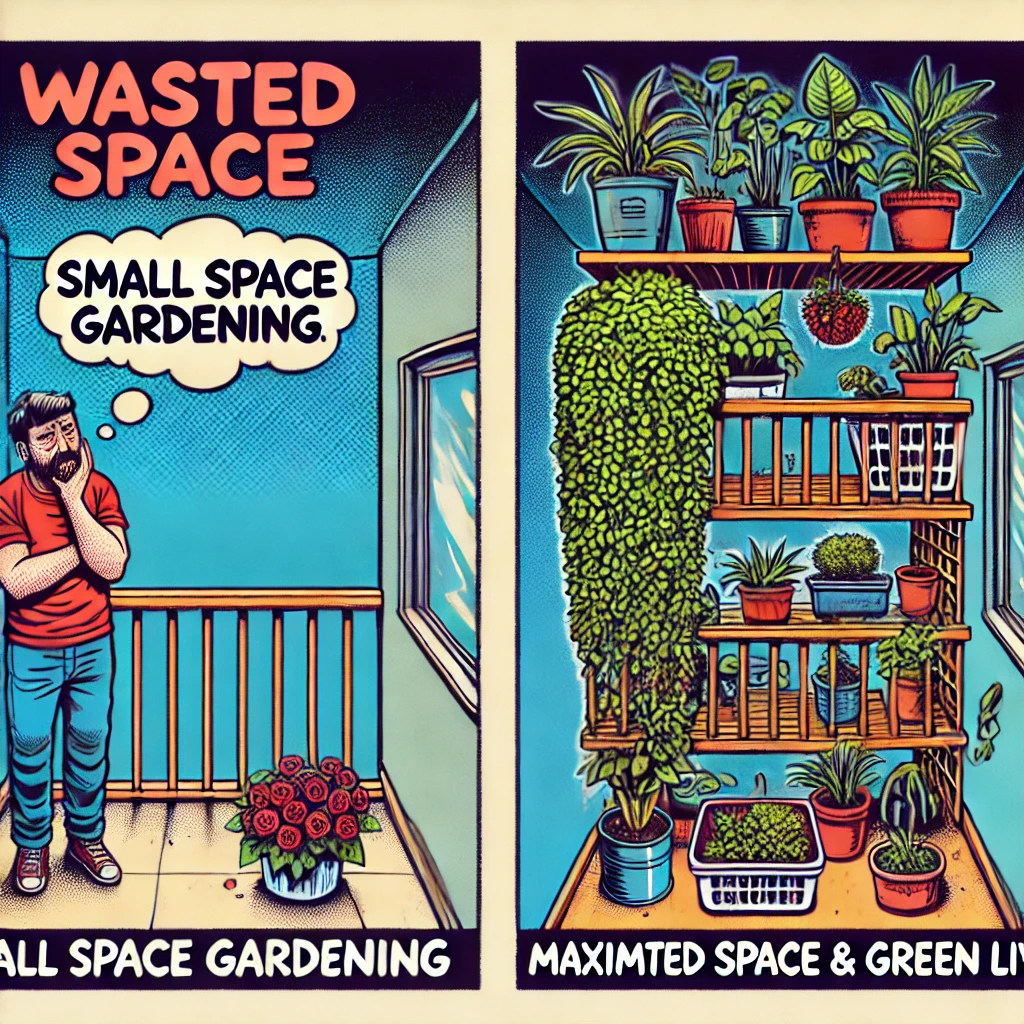
6. Makes the Most of Small Spaces
- Works for any garden size, from patios to urban balconies.
- Uses vertical gardening, raised beds, and containers to optimize space.
- Keeps your outdoor area both functional and visually appealing.

7. Enhances Curb Appeal
- Blends edible plants with ornamental landscaping for a beautiful yard.
- Adds vibrant colors and textures with a variety of fruits, vegetables, and herbs.
- Increases property value by creating a lush, productive space.
Edible gardening isn’t just about growing food—it’s about embracing a healthier, more self-sufficient lifestyle. Whether you have a sprawling backyard or a few pots on a balcony, you can enjoy fresh, homegrown produce while making a positive impact on the planet.
How to Start Foodscaping
Foodscaping is a creative way to integrate edible plants into your landscape, combining beauty with functionality. Whether you have a large yard or a small balcony, you can design a foodscape that suits your space and lifestyle. Follow these steps to get started:
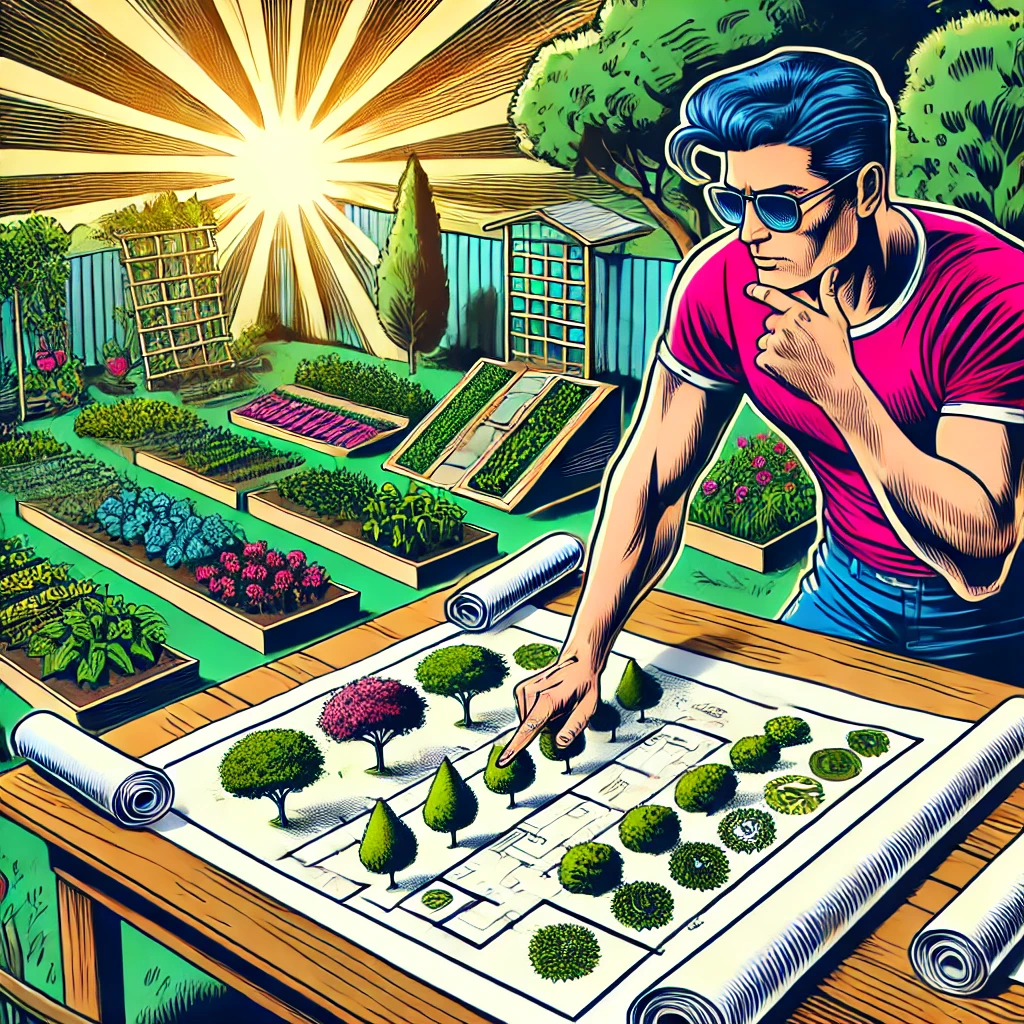
1. Plan Your Foodscape
- Assess your available space, sunlight exposure, and soil quality.
- Determine the balance between ornamental and edible plants for a seamless design.
- Sketch a layout with pathways, raised beds, or container gardens to maximize space.
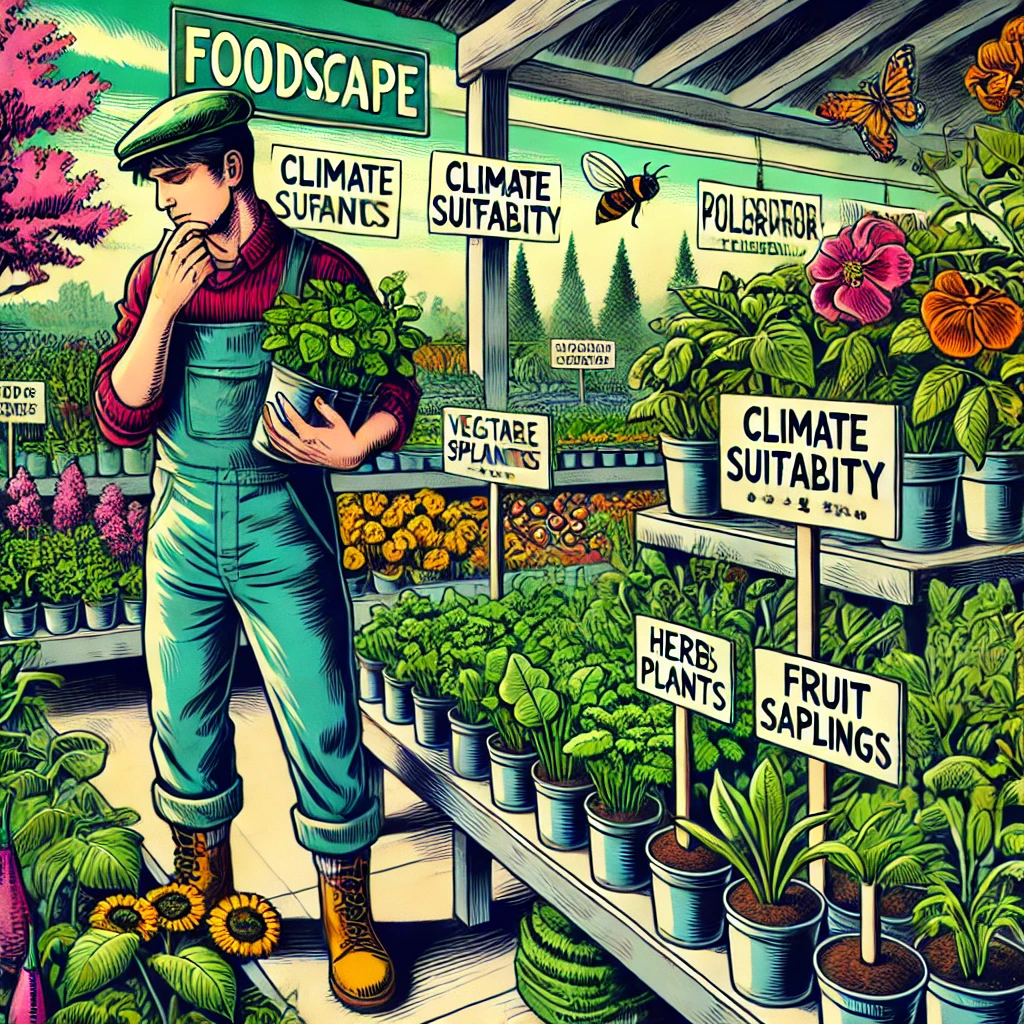
2. Choose the Right Plants
- Select edible plants that thrive in your local climate.
- Mix vegetables, herbs, and fruits with flowering plants to attract pollinators.
- Opt for low-maintenance perennials like berry bushes and hardy herbs.

3. Improve Your Soil
- Test your soil’s pH and nutrient levels to support healthy plant growth.
- Enrich the soil with compost or organic matter for optimal fertility.
- Use mulch to retain moisture, suppress weeds, and regulate soil temperature.
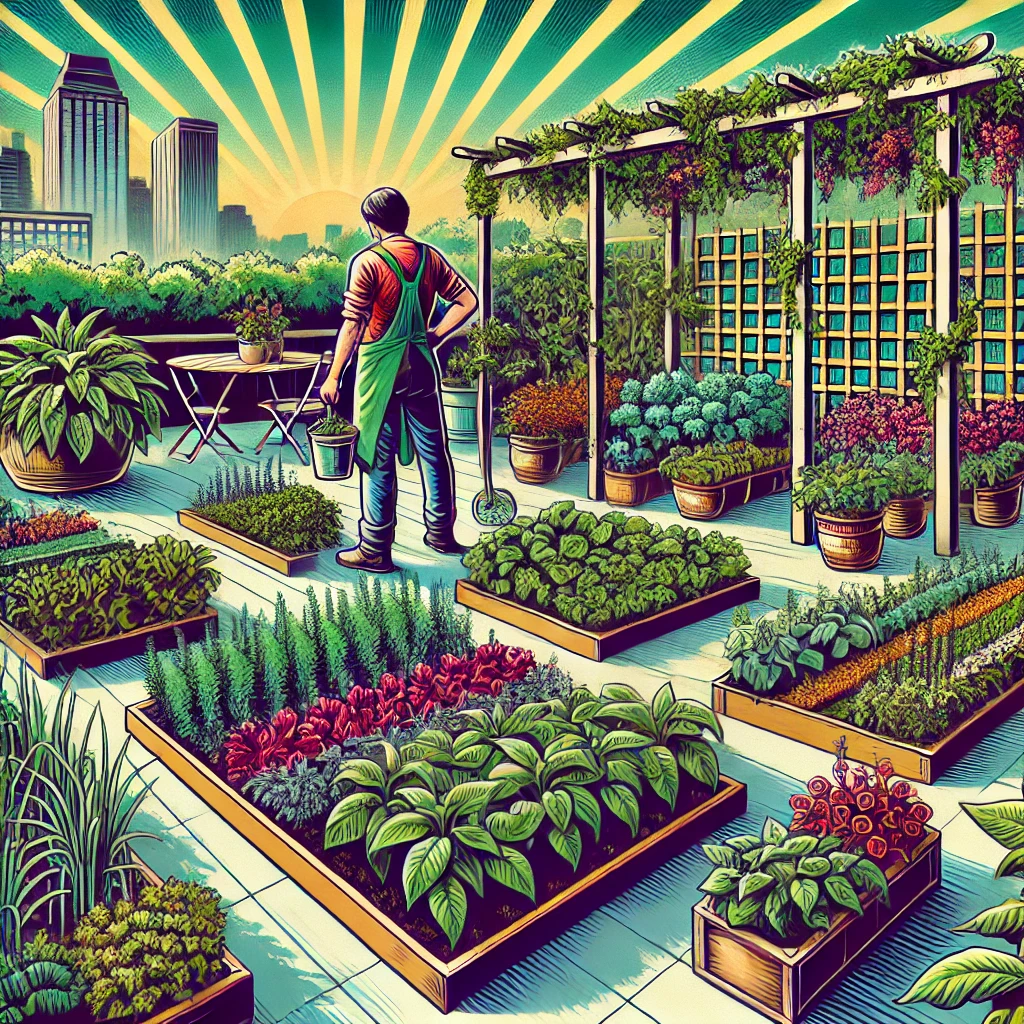
4. Focus on Aesthetics
- Arrange plants by placing taller ones at the back and shorter ones in the front.
- Incorporate trellises, arbors, or decorative containers for added visual appeal.
- Choose plants with diverse colors, textures, and growth habits for a stunning effect.
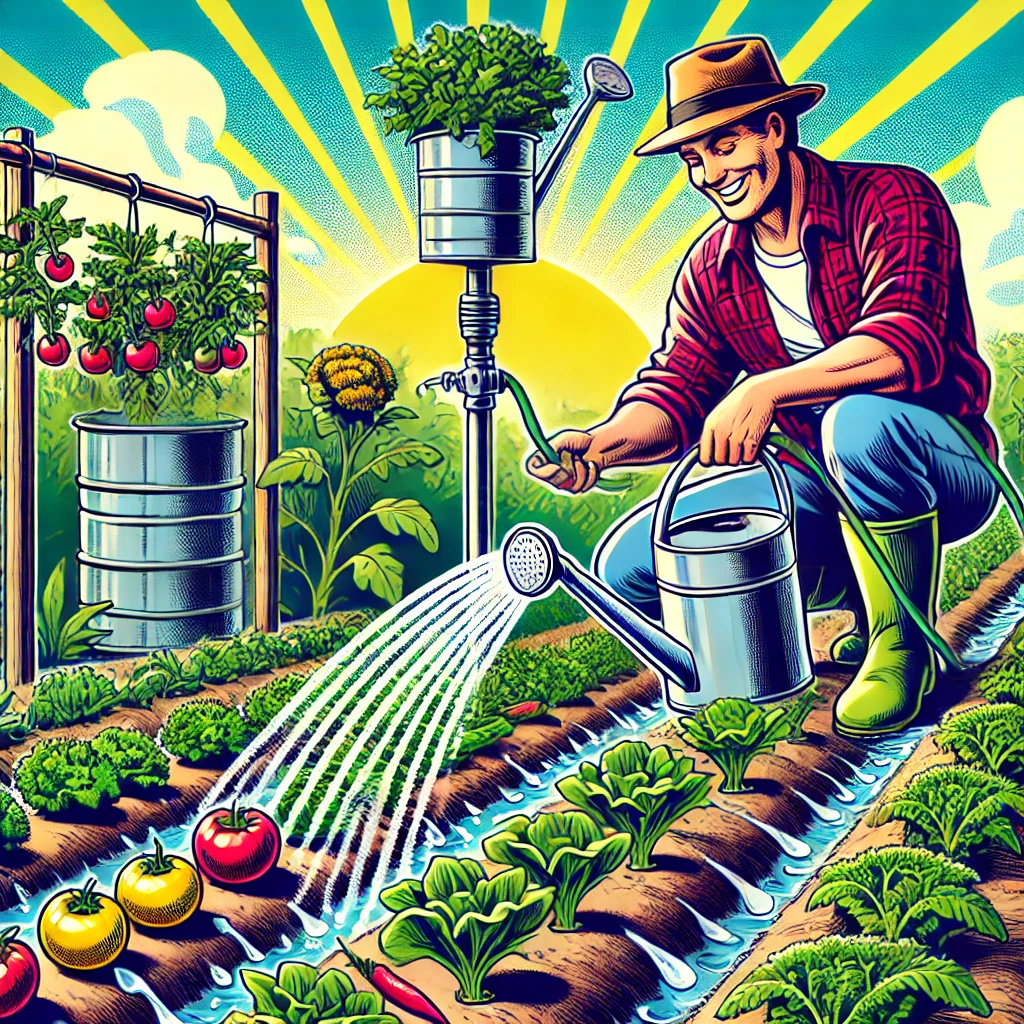
5. Water Efficiently
- Install a drip irrigation system for hands-free, efficient watering.
- Collect rainwater to conserve resources and keep plants hydrated.
- Water deeply but less frequently to promote strong root growth.
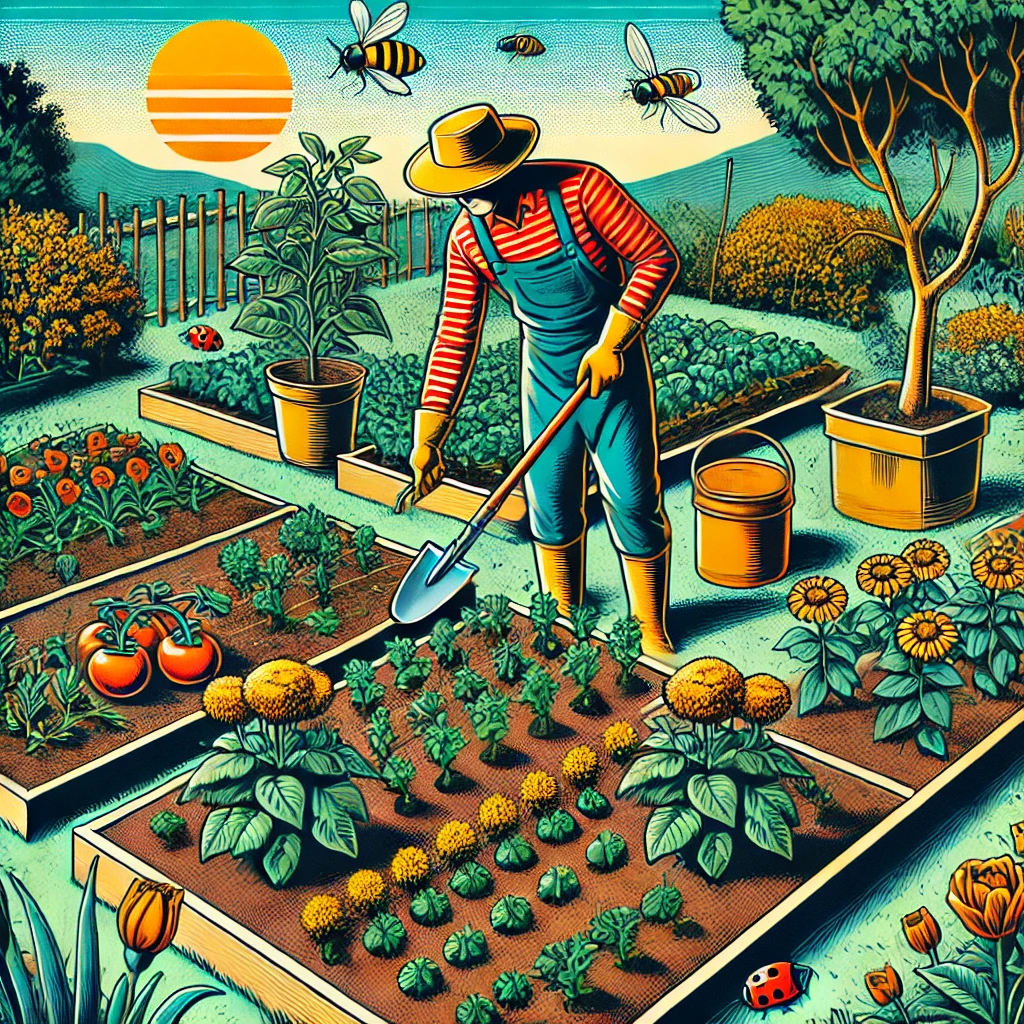
6. Stay Organized and Rotate Crops
- Regularly prune and remove spent plants to keep your foodscape tidy.
- Rotate crops each season to maintain soil fertility and reduce pests.
- Implement natural pest control methods, such as companion planting and beneficial insects.
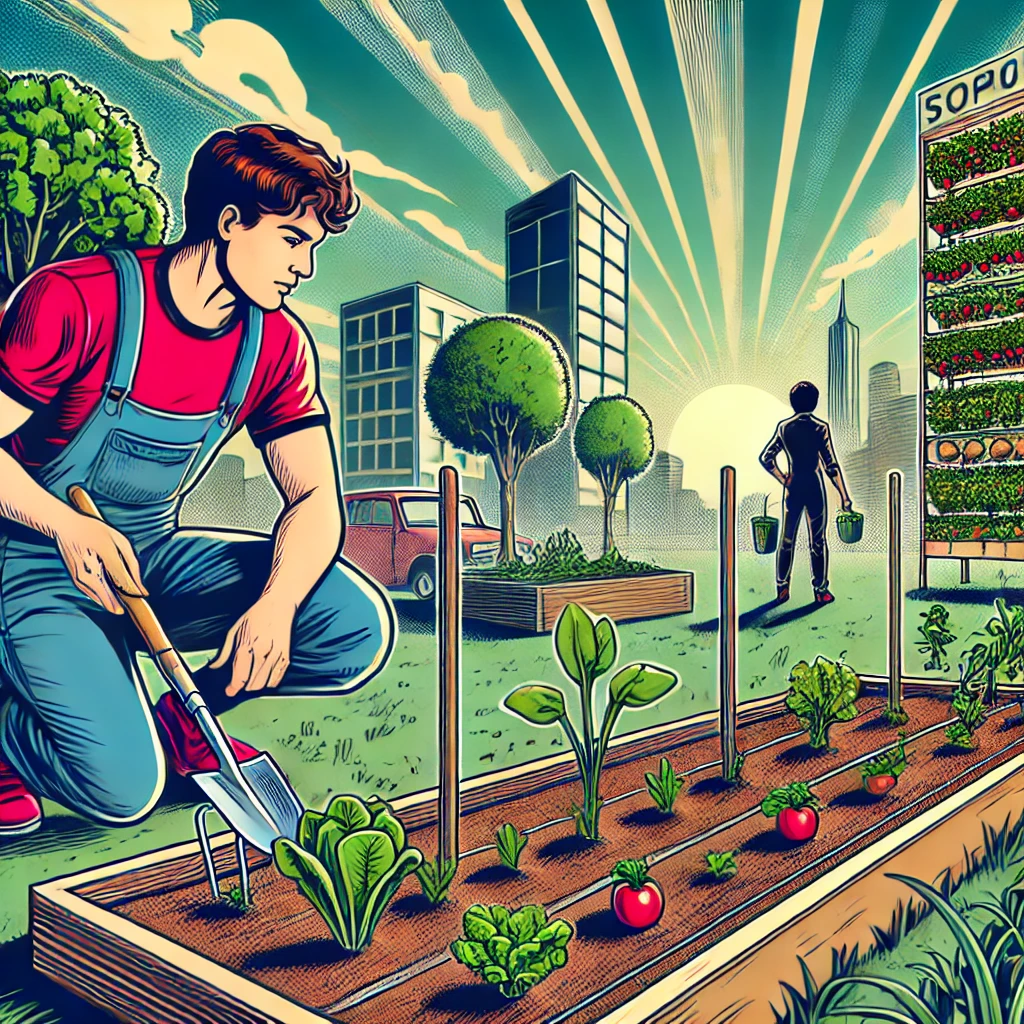
7. Start Small and Expand Gradually
- Begin with a few easy-to-grow plants before taking on more ambitious projects.
- Experiment with different layouts and plant combinations to find what works best.
- Introduce advanced elements like fruit trees and vertical gardening as you gain confidence.
By following these steps, you can create a foodscape that’s productive, visually appealing, and easy to maintain. Whether you’re just starting out or already have a green thumb, foodscaping is a rewarding way to grow fresh, homegrown produce while enhancing your outdoor space.
Beginner Tips for a Thriving Edible Garden
Starting an edible garden is a fun and sustainable way to grow your own food. To set yourself up for success, follow these beginner-friendly tips and create a thriving foodscape.
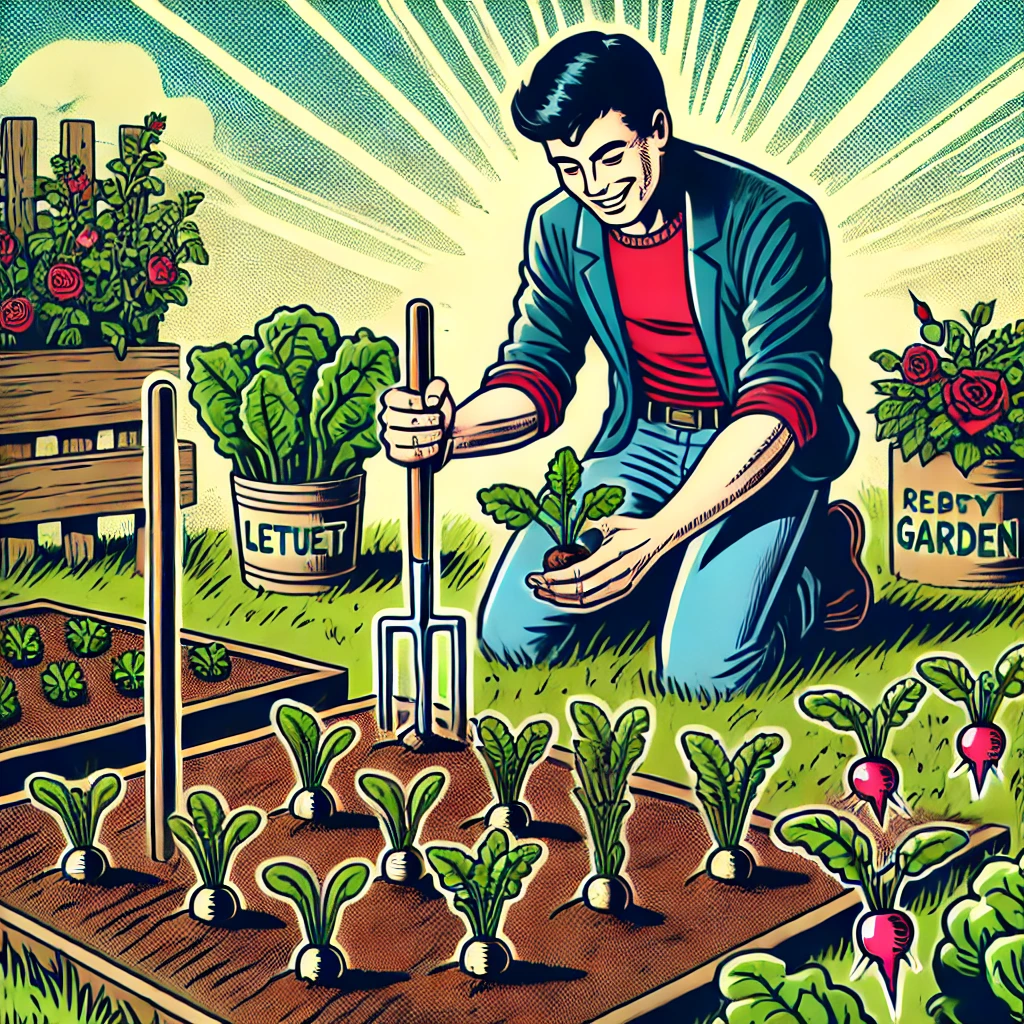
1. Start Small and Build Confidence
- Begin with a few easy-to-grow crops before expanding your selection.
- Choose high-yield, low-maintenance plants like lettuce, radishes, and herbs.
- Keep it simple—focus on growing what you love to eat!
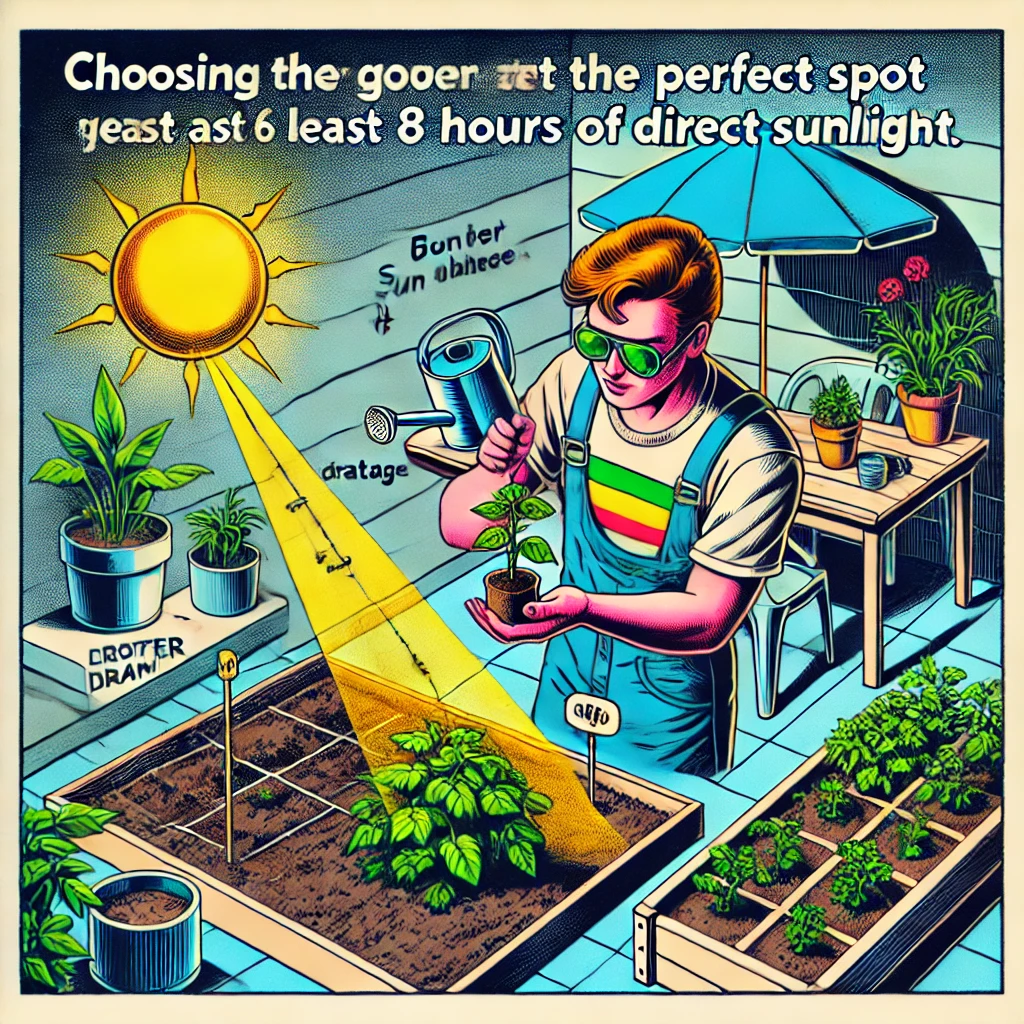
2. Pick the Perfect Spot
- Select a sunny area with at least 6-8 hours of direct sunlight.
- Ensure proper drainage to prevent waterlogging.
- Use raised beds or containers if space is limited—perfect for patios and balconies.
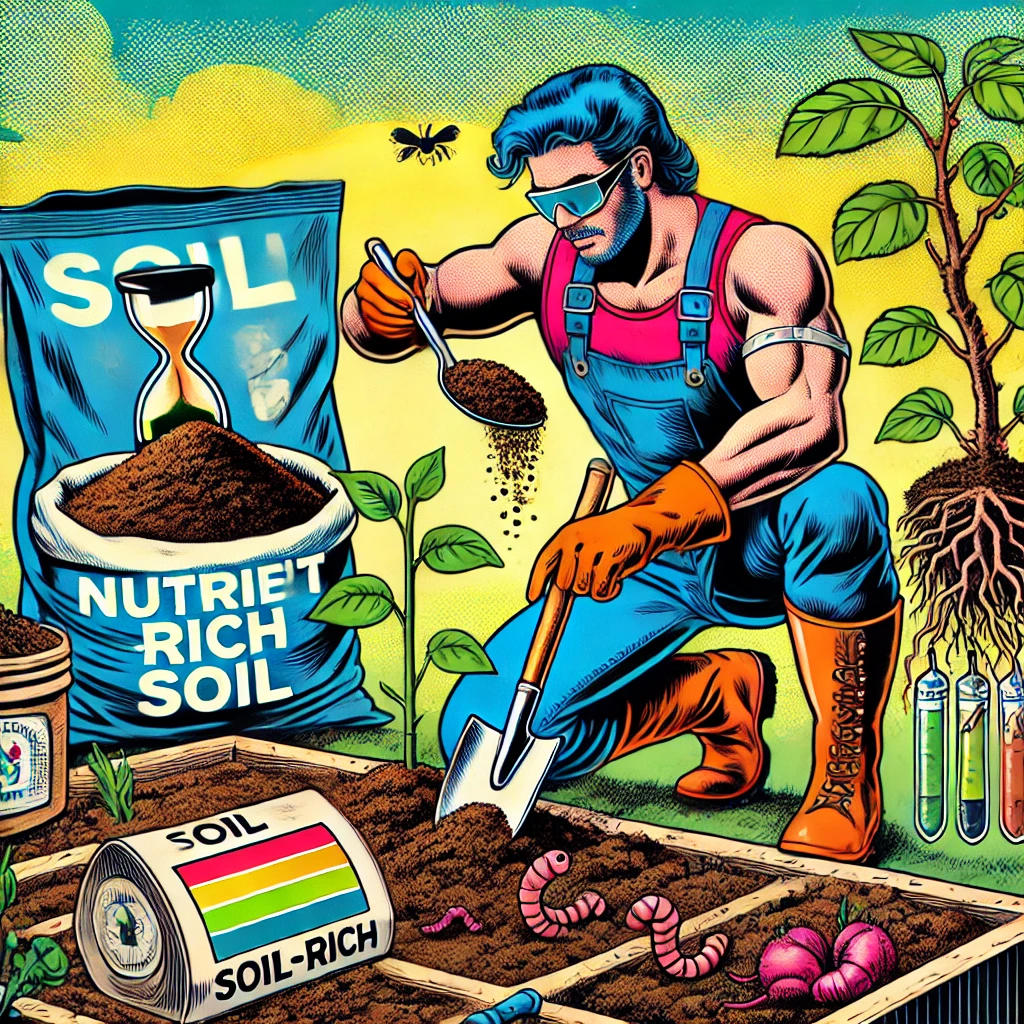
3. Invest in Healthy Soil
- Start with nutrient-rich, well-draining soil to support plant growth.
- Mix in compost to boost fertility and encourage strong roots.
- Test soil pH and adjust as needed to meet plant requirements.
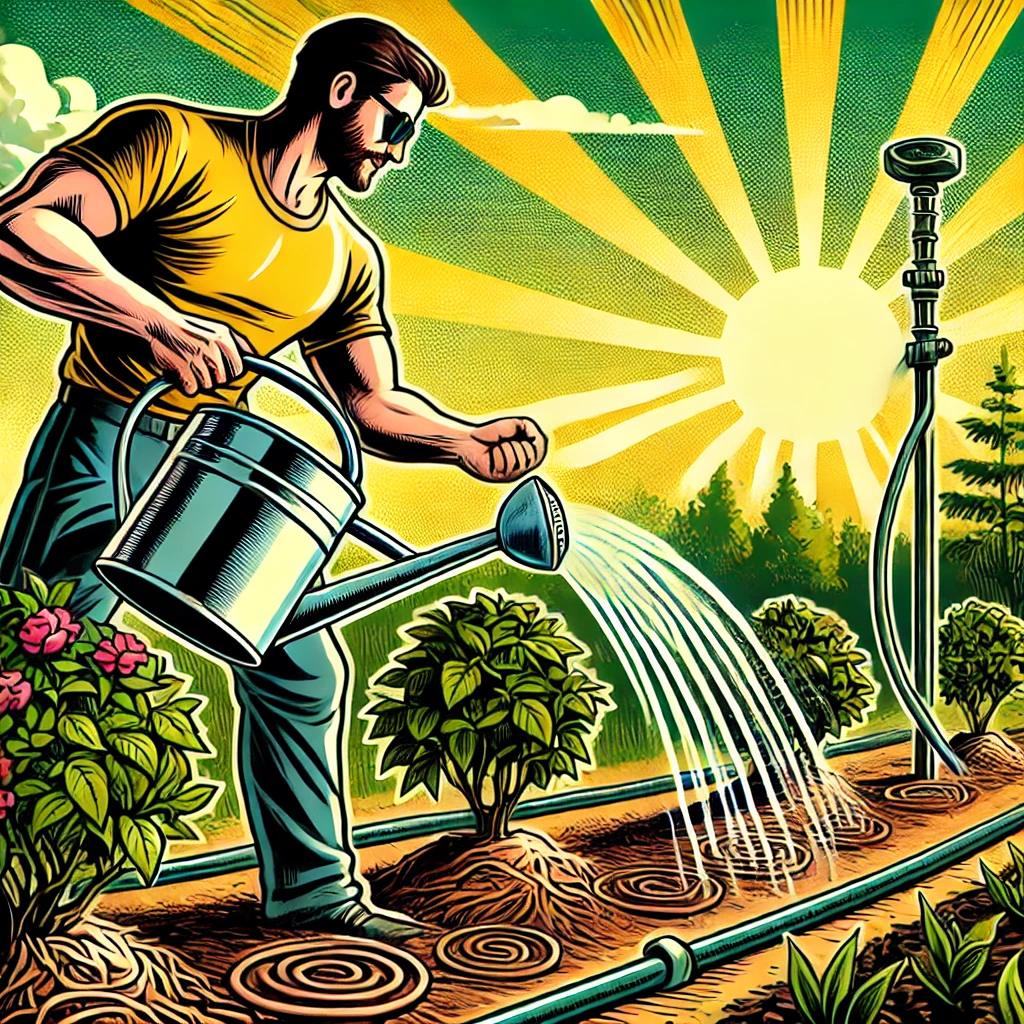
4. Water Smartly
- Water early in the morning to reduce evaporation.
- Keep soil consistently moist but avoid overwatering—too much can harm plants.
- Apply mulch to retain moisture, suppress weeds, and improve soil health.
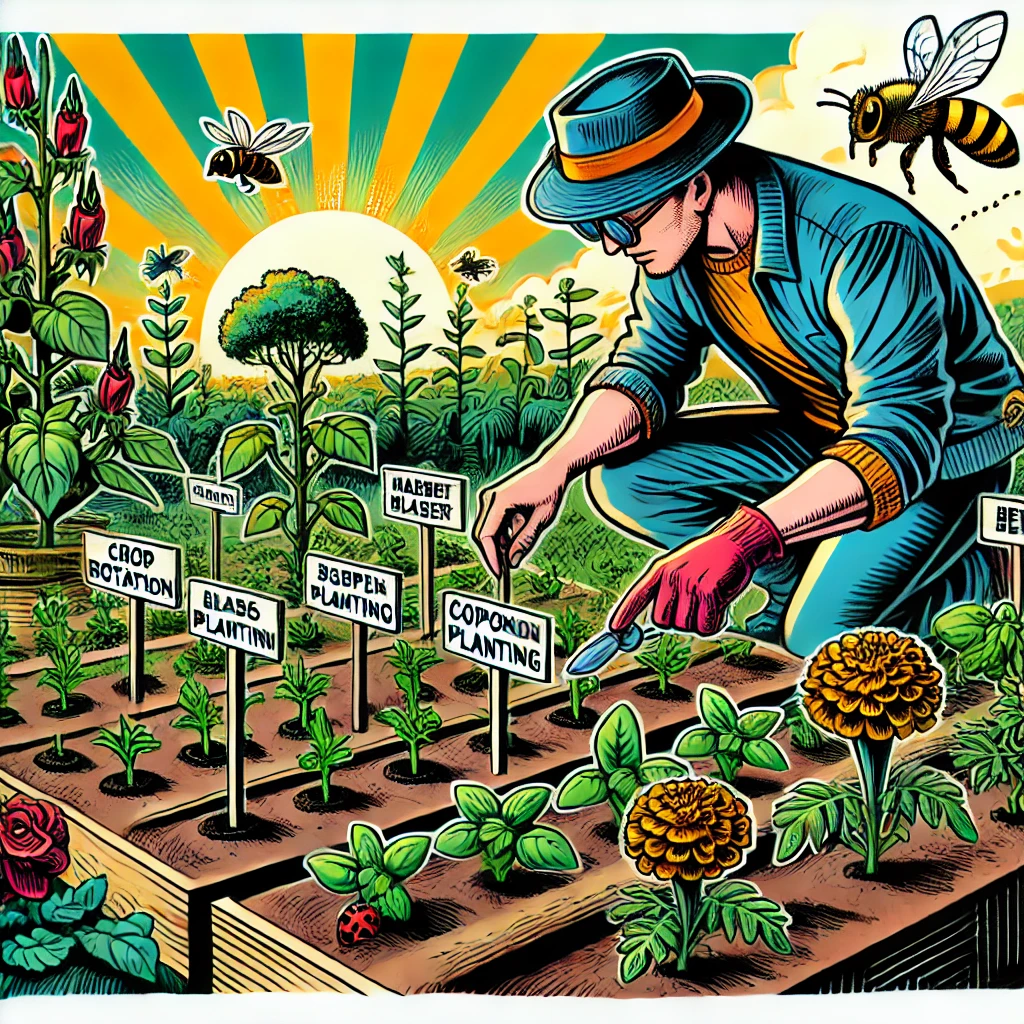
5. Rotate Crops and Try Companion Planting
- Change planting locations each season to maintain soil balance and prevent disease.
- Pair compatible plants to enhance growth and naturally repel pests.
- Use marigolds, basil, or mint to deter unwanted insects.
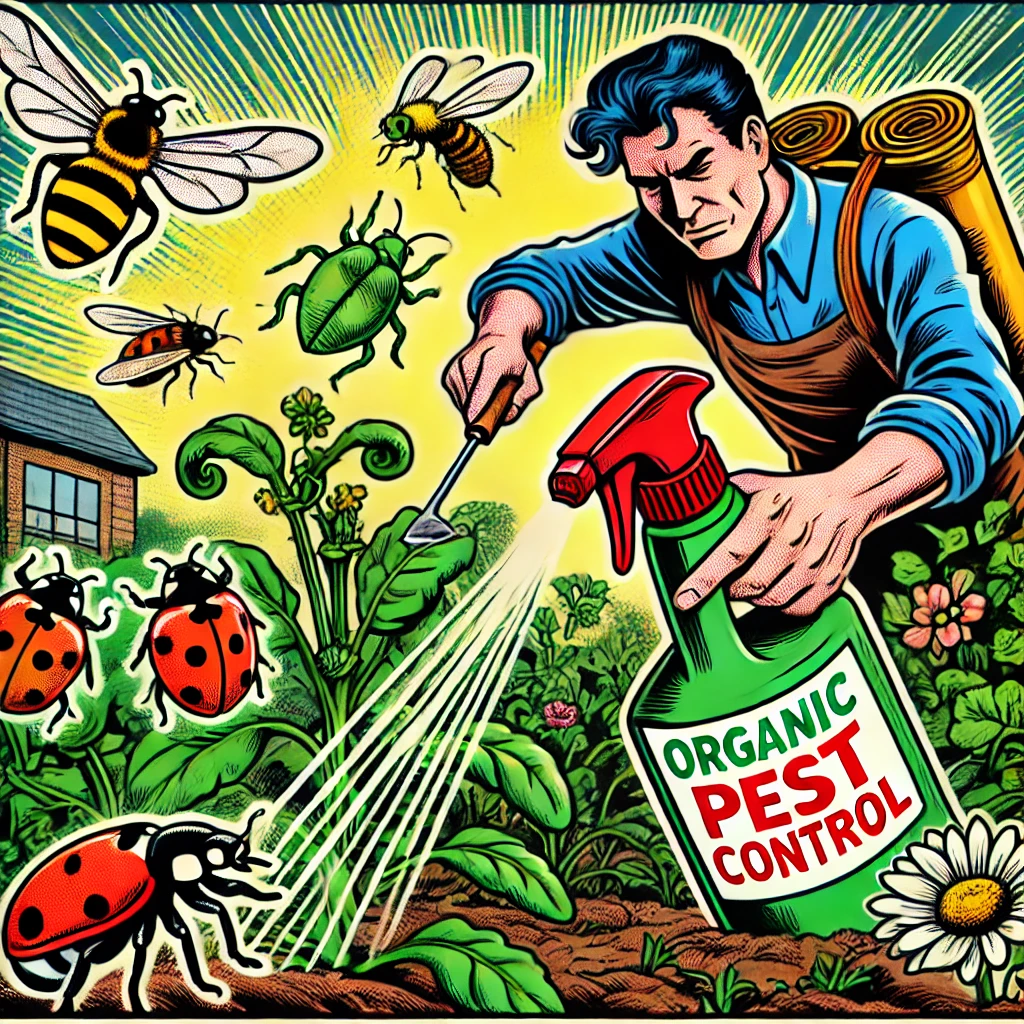
6. Keep Weeds and Pests Under Control
- Remove weeds regularly so they don’t steal nutrients from your crops.
- Opt for organic pest control methods like neem oil, insect netting, and beneficial insects.
- Monitor plants for signs of disease and take quick action to prevent spread.

7. Harvest Often and Enjoy the Fruits of Your Labor
- Pick fruits and veggies at peak ripeness for the best flavor and nutrition.
- Harvest regularly to encourage continuous production.
- Store extra produce properly or share your homegrown bounty with friends and family.
By following these simple yet effective tips, you’ll cultivate a vibrant edible garden that provides fresh, delicious produce while enhancing your outdoor space. Happy gardening!
Alternative Planters for Small Spaces
Short on space? That shouldn’t stop you from growing your own food! With a little creativity, you can turn even the smallest area into a thriving edible garden using alternative planters. Here are some space-saving options:
1. Vertical Gardens
- Perfect for balconies, patios, and small yards.
- Use wall-mounted planters, pocket planters, or trellises to grow upwards.
- Ideal for herbs, strawberries, and leafy greens.
2. Hanging Baskets
- Maximize vertical space by suspending planters.
- Great for trailing plants like cherry tomatoes, nasturtiums, and strawberries.
- Ensure proper drainage to prevent root rot.
3. Raised Garden Beds
- Keep your garden organized and easy to maintain.
- Improve drainage while reducing strain on your back.
- Customize the size to fit your space and gardening needs.
4. Repurposed Containers
- Turn old buckets, wooden crates, or ceramic pots into unique planters.
- Drill drainage holes to prevent water buildup.
- Add a rustic or artistic touch to your garden.
5. Window Boxes
- Ideal for apartments and balconies.
- Grow fresh herbs like basil, mint, and chives within arm’s reach.
- Keep your favorite ingredients right outside your kitchen window.
6. Hydroponic and Aeroponic Systems
- Grow plants without soil using nutrient-rich water.
- Save space with an indoor setup and grow lights.
- Perfect for leafy greens, herbs, and compact fruiting plants.
7. Upcycled Household Items
- Repurpose tin cans, plastic bottles, or old furniture into planters.
- A budget-friendly and sustainable gardening solution.
- Add a creative and personal touch to your growing space.
No matter how small your space, you can still grow fresh, homegrown produce. Get creative and make the most of every available inch!
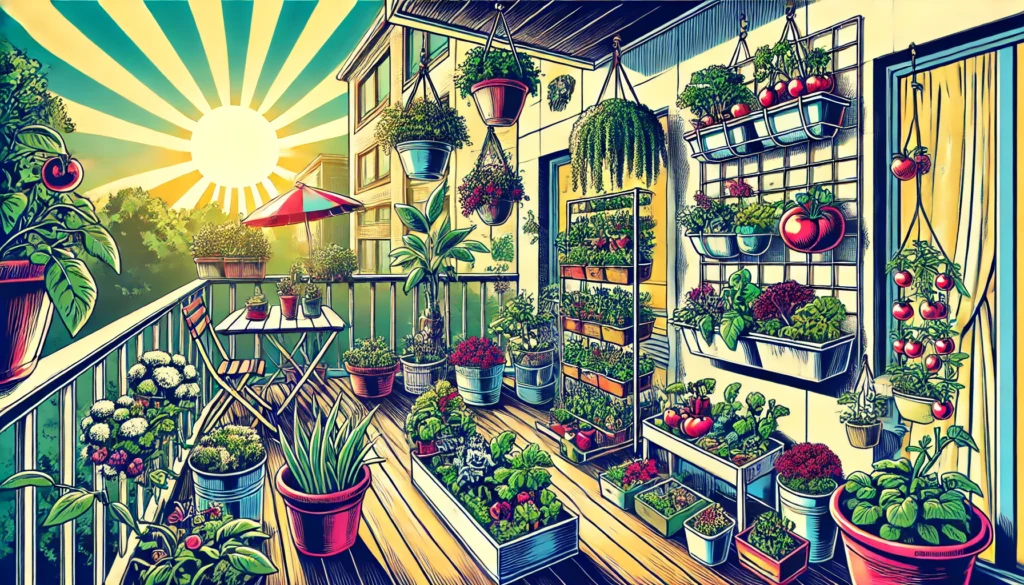
Common Mistakes to Avoid in Foodscaping
Foodscaping is an excellent way to incorporate edible plants into your landscape, but beginners often make avoidable mistakes. To ensure success, keep an eye out for these common pitfalls:
1. Overcrowding Plants
- Planting too closely restricts air circulation and increases the risk of disease.
- Give each plant enough space to thrive and receive ample sunlight.
2. Neglecting Soil Health
- Poor soil leads to weak plants and low yields.
- Test your soil regularly and enrich it with compost or organic matter for best results.
3. Choosing Unsuitable Plants
- Not all edible plants thrive in every climate.
- Research which plants are best suited for your region and sunlight conditions.
4. Watering Incorrectly
- Overwatering causes root rot, while underwatering stunts growth.
- Water deeply but less frequently to encourage strong root systems.
5. Ignoring Pest and Disease Control
- Pests and diseases can quickly damage your foodscape if left unchecked.
- Use companion planting, natural deterrents, and frequent monitoring to keep plants healthy.
6. Poor Plant Placement
- Tall plants can block sunlight from reaching smaller ones.
- Arrange plants based on their height and light needs to create a balanced layout.
7. Skipping Crop Rotation
- Growing the same crops in the same spot every year depletes soil nutrients and attracts pests.
- Rotate crops annually to maintain soil health and prevent infestations.
8. Forgetting Pollinator-Friendly Plants
- A lack of flowers reduces pollination, affecting fruit and vegetable yields.
- Incorporate flowering plants to attract bees, butterflies, and other beneficial insects.
9. Overlooking Aesthetic Appeal
- A foodscape should be both functional and visually pleasing.
- Blend edible plants with ornamental ones to create a stunning, productive garden.
10. Giving Up Too Soon
- Gardening takes time, and setbacks are part of the process.
- Stay patient, keep experimenting, and refine your foodscape for long-term success.
By avoiding these common mistakes, you’ll create a thriving, productive, and visually appealing foodscape that enhances your home and promotes sustainability.
Conclusion
Foodscaping is a practical, sustainable, and visually appealing way to transform your outdoor space into a productive garden. By incorporating edible plants into your landscape, you can enjoy fresh, homegrown produce while enhancing your surroundings.
Start Small, Then Expand
- Whether you’re new to gardening or a seasoned pro, begin with manageable steps.
- Choose plants that thrive in your climate to increase success.
- Maintain rich, healthy soil to support plant growth.
- Design your space with both functionality and beauty in mind.
Reap the Benefits
By avoiding common mistakes and using smart strategies, you’ll cultivate a thriving foodscape that:
- Boosts self-sufficiency.
- Reduces grocery expenses.
- Supports a healthier planet.
Plus, nothing compares to the joy of harvesting your own fresh fruits, vegetables, and herbs! For expert tips and insights on edible gardening and sustainable landscaping, check out the National Gardening Association here.
Get Started Today!
Now that you have the tools and knowledge, it’s time to take action. Whether you choose raised beds, vertical gardens, or repurposed containers, start your foodscaping journey today.
🌱 Happy gardening! 🌿
